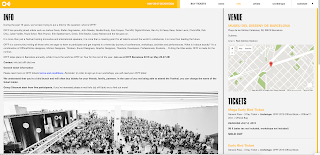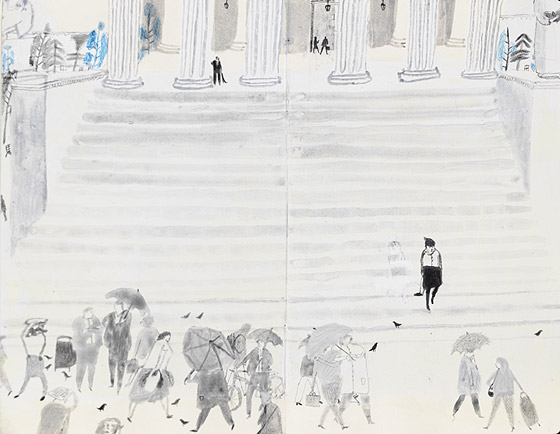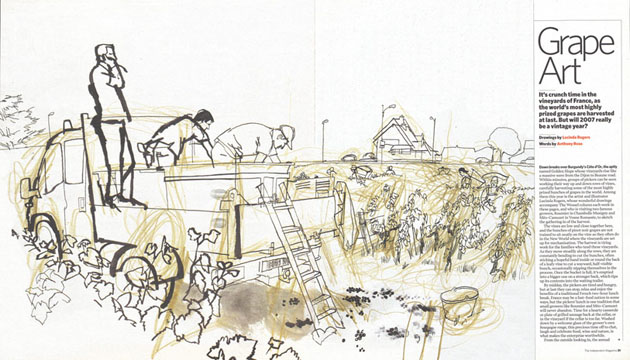When thinking about funding for our business we honestly didn't know where to start, so simply by googling we came across the direct gov generator for business funding.
Here are some suggestions we came across, based on our Business having 5 employees, and sitting in the start-up service industry category.
Arts Council Funding Programmes
Grants for programming costs, organising and running arts programmes through the year
Building Repair Grants - Scotland
Financial help for repairing historic buildings in ScotlandCultureStep - Wales
This scheme is designed to encourage new investment and develop established business engagement with the arts.Grants for historic buildings, monuments and designed landscapes (England)
Grants for repair and conservation of historic buildings, monuments and landscapesHistoric area regeneration grants
Financial support for restoring and repairing historic buildingsRegeneration Funding Support - Bridgend
Support to businesses to help them secure grant funding- Although alot of these programmes are location based (and not in Leeds, where our business would be located) this exercise was really useful in terms of getting an idea of what types of funding shcemes are available to businesses. Also knowing about the directgov generator is really valueable.
Also in terms of drawing up our costings, I personally have no idea where to start with that, however team member Sol has informed us of a project she has previously been involved in, where she gained alot of experience with writing up costings etc, which will be really useful for our presentation.












































